Some real estate investments weather every storm (the savvy ones) while others crumble at the first sign of market turbulence. How do they do that? The answer lies in understanding what separates fortress investments from speculative gambles.
Somewhere in a boardroom in London, New York, or Dubai, there’s a table surrounded by seasoned investors who’ve seen markets rise and crash. The conversation inevitably turns to that one question every serious investor asks: “Where do you park your money when everything else feels uncertain?”
The answer, more often than you’d expect, involves a story about real estate. The kind that keeps producing returns when stocks are tanking, when currencies are fluctuating, and when even the most sophisticated financial instruments are failing to deliver.
But here’s the thing: finding truly secure real estate investments is about understanding a sophisticated framework that separates the wheat from the chaff, the fortress investments from the speculative gambles.
We’ve spent years analyzing what makes certain locations investment magnets while others struggle to maintain value. Through countless market cycles, economic downturns, and recovery periods, we’ve witnessed firsthand which properties thrive and which merely survive.
Today, we’re sharing this hard-earned wisdom with you.
The anatomy of investment security.
When one of our property consultants explained investment security to a client, she used a metaphor that stuck: “Think of your investment as an old city surrounded by strong walls,” she said. “Every security factor is a defensive wall. Remove one wall, and you’re vulnerable. Remove two, and you’re in serious trouble. But when all the walls are strong and working together? That’s when you sleep well at night.”
We’ve seen this play out countless times in our work across African markets. Research from leading investment firms confirms what she understood intuitively: market risk arises from fluctuations in the real estate market due to economic downturns, changing interest rates, shifts in supply and demand, and unforeseen global events. These factors can lead to reduced property values or decreased demand for rentals and sales, hence impacting your potential returns. But secure investments are designed to withstand these very challenges.
So what are these defensive walls that separate secure investments from risky ones?
Let us walk you through each one, lessons learned through both success and some painful (but educational) failures along the way.
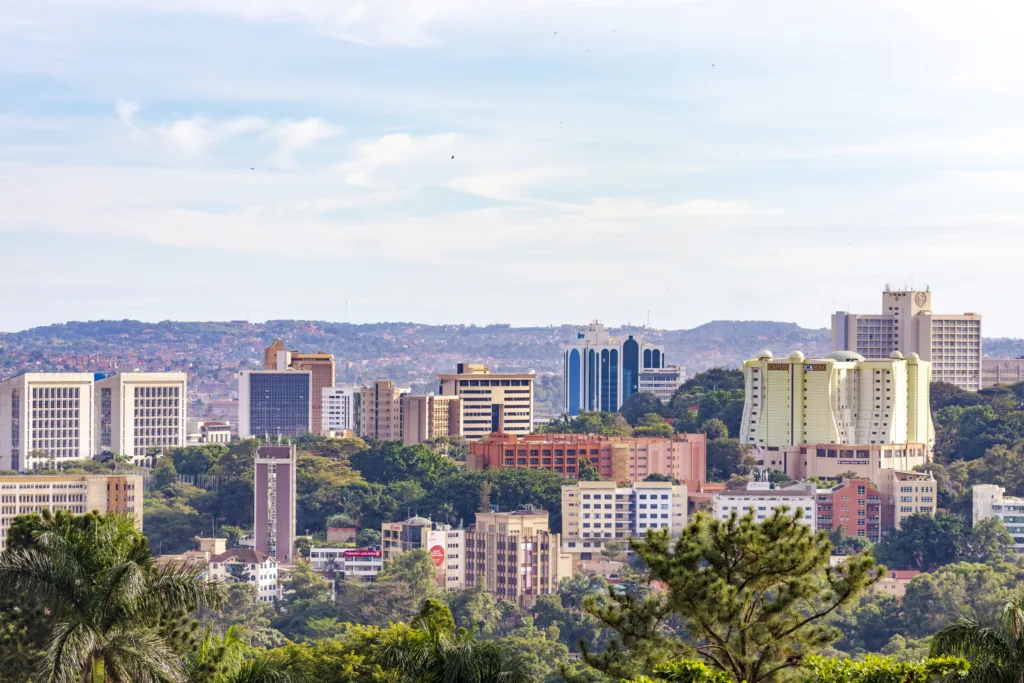
The First Wall: Location Stability
Not all locations are created equal when it comes to investment security. We learned this lesson the hard way early in our journey when we watched another developer’s promising project in an “up-and-coming” area struggle for years because the location lacked fundamental stability factors. It was a humbling experience that taught us to look beyond surface-level appeal.
Location stability isn’t about prestige; though that often follows.
It’s about the mathematical certainty of demand. The degree of surety of having reliable tenants who always need housing.
Think of it this way: some areas have people who might move away if times get tough, while stable locations have institutions and businesses that can’t just pack up and leave.
The most secure locations share three characteristics that create what economists call “demand anchors” that make permanent residents:
Government and Institutional Presence: Areas with diplomatic missions, government offices, and international organizations create baseline demand that transcends economic cycles. Such entities sign long-term leases, maintain operations regardless of local market conditions, and require high-security, high-quality spaces.
Financial District Proximity: When major financial institutions set up headquarters in an area, their high-level employees need places to live nearby. Bank managers and corporate executives value convenience and are willing to pay premium rents for quality properties close to work.
Infrastructure Maturity: Areas with reliable electricity, good roads, and strong internet connections attract quality tenants. Nobody wants to live where the power goes out daily or where getting to work is a nightmare.
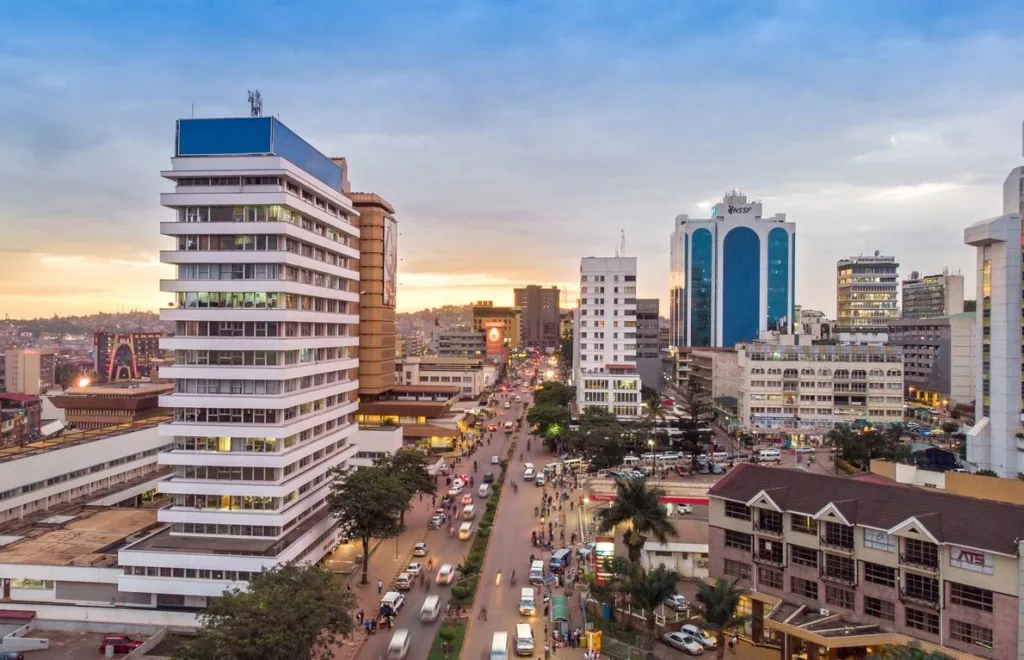
The Second Wall: Economic Resilience
We have all been part of that conversation at some point in time, listening to investors share horror stories about properties that looked brilliant on paper but crumbled when economic conditions shifted. The room is usually filled with cautionary tales, but what strikes people most is the common thread among those who weathered the storm: they had chosen locations with true economic resilience.
Economic resilience in real estate comes from diversity and stability of economic drivers. Single-industry towns or areas dependent on volatile economic sectors create investment risks that even the best properties cannot overcome. The most secure investments are located in areas with:
Multiple Economic Drivers: Locations that combine government, finance, hospitality, and diplomatic sectors create economic stability that no single sector can provide. When one sector faces challenges, others continue supporting demand.
International Economic Connections: Areas with embassies, international organizations, and multinational companies benefit from global money flows. Even when the local economy struggles, international tenants keep paying rent.
Established Business Ecosystems: Mature areas develop their own ecosystems; banks attract law firms, hotels create demand for restaurants, and government offices need support services. These interconnected businesses create stability that survives economic storms.
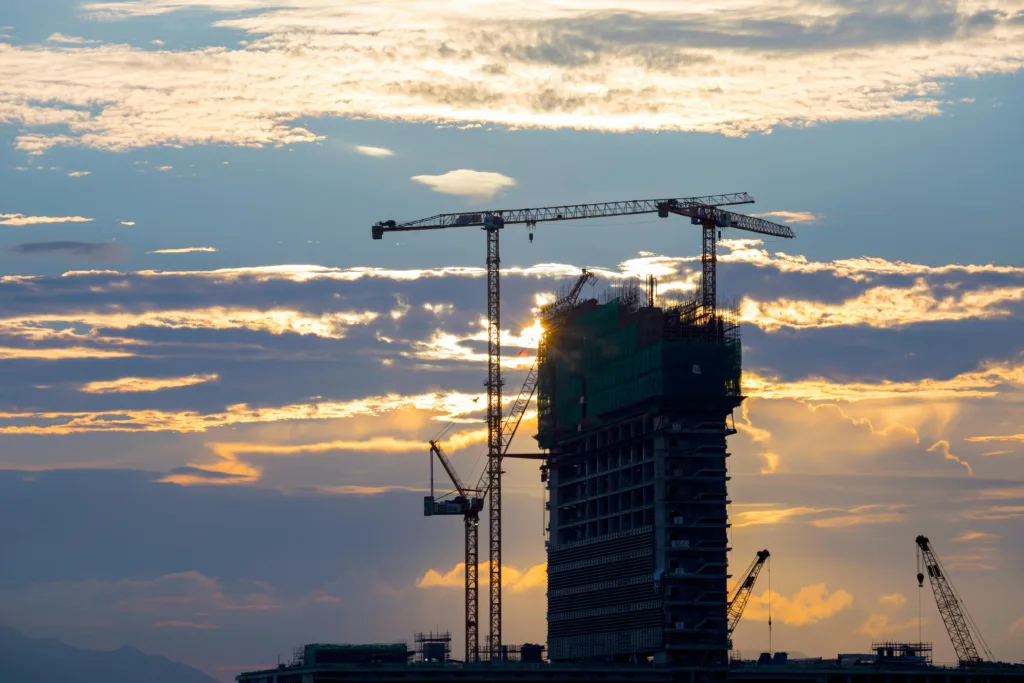
The Third Wall: Regulatory Predictability
Let me share a story that still makes us wince. We knew of an investor who bought what seemed like the perfect property in a rapidly developing area. Great location, solid construction, promising rental yields. Then, six months later, local authorities announced new zoning restrictions. His area, whose zoning was previously unclear, was suddenly residential-only. His exit strategy? Dead. His projected returns? Cut in half.
This is why smart investors worry about regulatory uncertainty, when governments change the rules mid-game.
Think of regulatory predictability as knowing the rules won’t change after you’ve started playing. In stable areas, you know what you’re dealing with:
Clear Zoning Laws: You know what can be built where, and these rules don’t change every election cycle.
Predictable Permit Processes: Getting approvals follows established timelines and procedures, not the whims of individual officials.
Stable Building Codes: Construction requirements are well-defined and don’t suddenly change, creating unexpected costs.
The best investment locations have “regulatory maturity” systems tested through multiple political changes and economic conditions. These areas offer legal predictability that long-term wealth building requires.
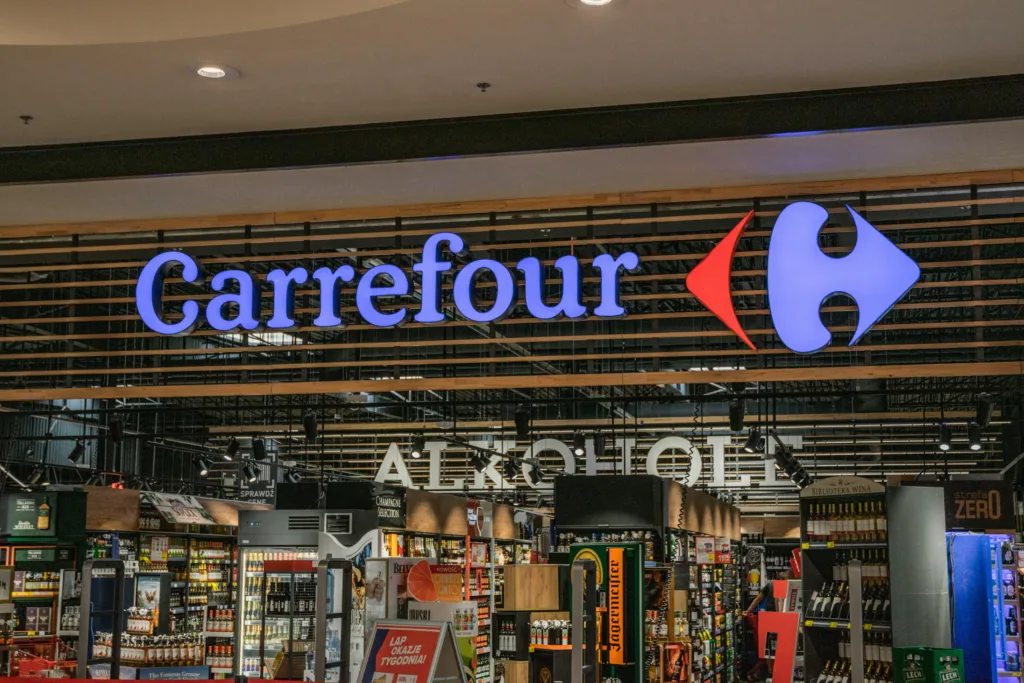
The Fourth Wall: Infrastructure and Amenity Access
This is a matra we know to be true: tenants don’t just rent space, they rent lifestyle. And lifestyle depends entirely on what’s around that space.
“Location, location, location” is real estate’s oldest advice, but it’s incomplete. The complete phrase should be “Location, accessibility, and amenity ecosystem.” Properties near essential services and premium amenities maintain higher rents and occupancy rates, even during tough economic times.
Think about your own preferences. How much extra would you pay to live walking distance from work? What about being near excellent schools, quality healthcare, or good shopping? These conveniences directly impact what tenants will pay.
The most secure investments are in “amenity-rich areas” with:
Transportation Hubs: Easy access to business districts and airports means higher demand from working professionals.
Quality Healthcare and Schools: International-standard facilities attract expatriate families willing to pay premium rents.
Shopping and Entertainment: Social and commercial vibrancy create desirable neighborhoods that maintain value.
Business Services: Professional services nearby support the working population and create economic activity.
When times get tough, contrary to popular thought, tenants don’t abandon quality-of-life factors – they prioritize them. Properties offering irreplaceable convenience maintain their rental premiums because location advantages can’t be replicated.
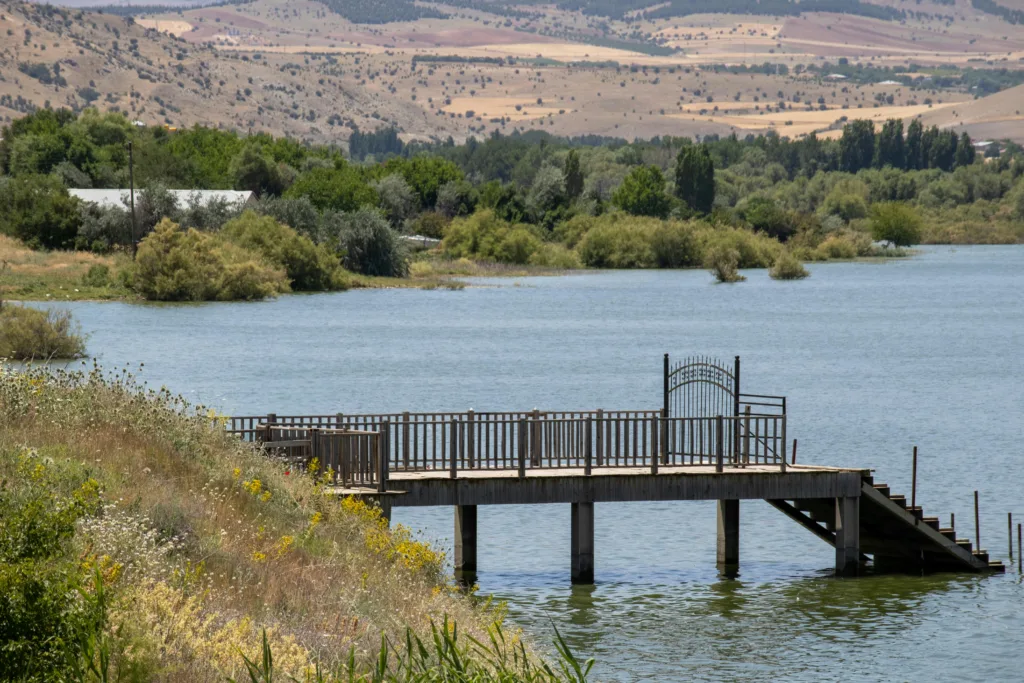
The Fifth Wall: Limited Competition
You might have witnessed developments like this. “Beautiful buildings, solid construction, competitive pricing.” But they’re fighting for tenants. Know why?
Sometimes the answer could be as easy as “No barriers to entry.”
Unlimited developable land, no zoning restrictions, no geographical limits. Every month, someone builds something newer and cheaper nearby. They end up competing where supply can expand infinitely.
Unlike some other developments, which are different. The best real estate investments benefit from natural or artificial supply constraints that protect long-term value:
Geographical Constraints: Waterfront properties, hilltop locations, or areas bounded by natural features can’t be replicated elsewhere.
Regulatory Restrictions: Zoning laws, height limitations, or development caps prevent oversupply in the area.
Infrastructure Limitations: Areas where expanding development is costly or impossible due to existing infrastructure constraints.
Supply constraints create scarcity value. When demand consistently meets limited supply, property values experience steady appreciation with reduced volatility. You’re not just buying property – you’re buying a position in a market where competition is naturally limited
Understanding these five defensive walls is just the beginning. The real magic happens when you find a location where all these factors converge, creating what we call a “fortress investment.”
In our next article, we’ll reveal a location in East Africa where all five security walls exist at extraordinary levels, creating investment opportunities that institutional investors have been quietly accumulating. We’ll also share the story of a local businessman who discovered this location after years of trial and error, and how it transformed his investment approach.
Stay tuned to discover where smart money is moving in Uganda’s real estate market – and why this location represents the kind of investment security that lets you sleep well at night.